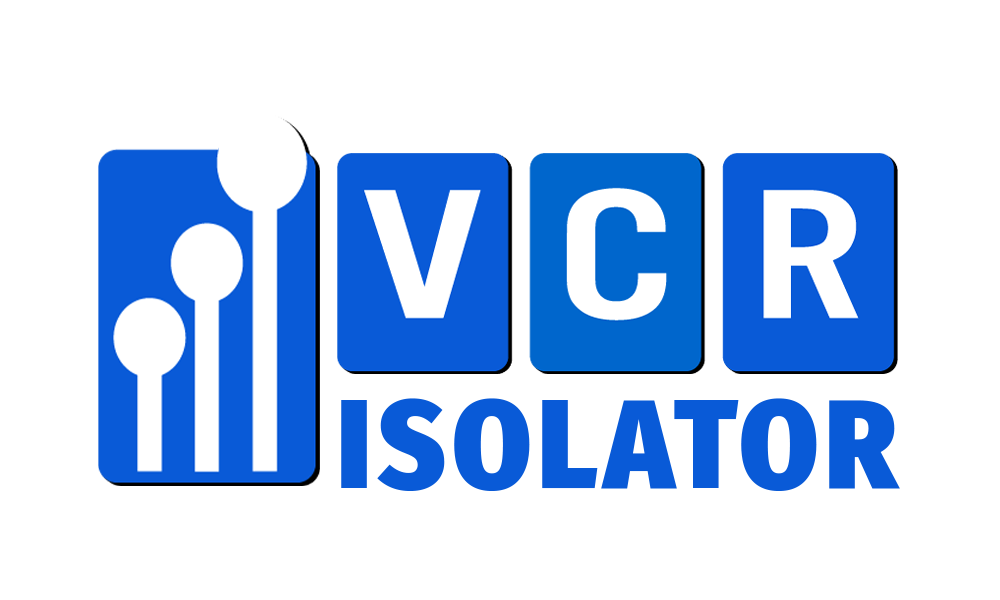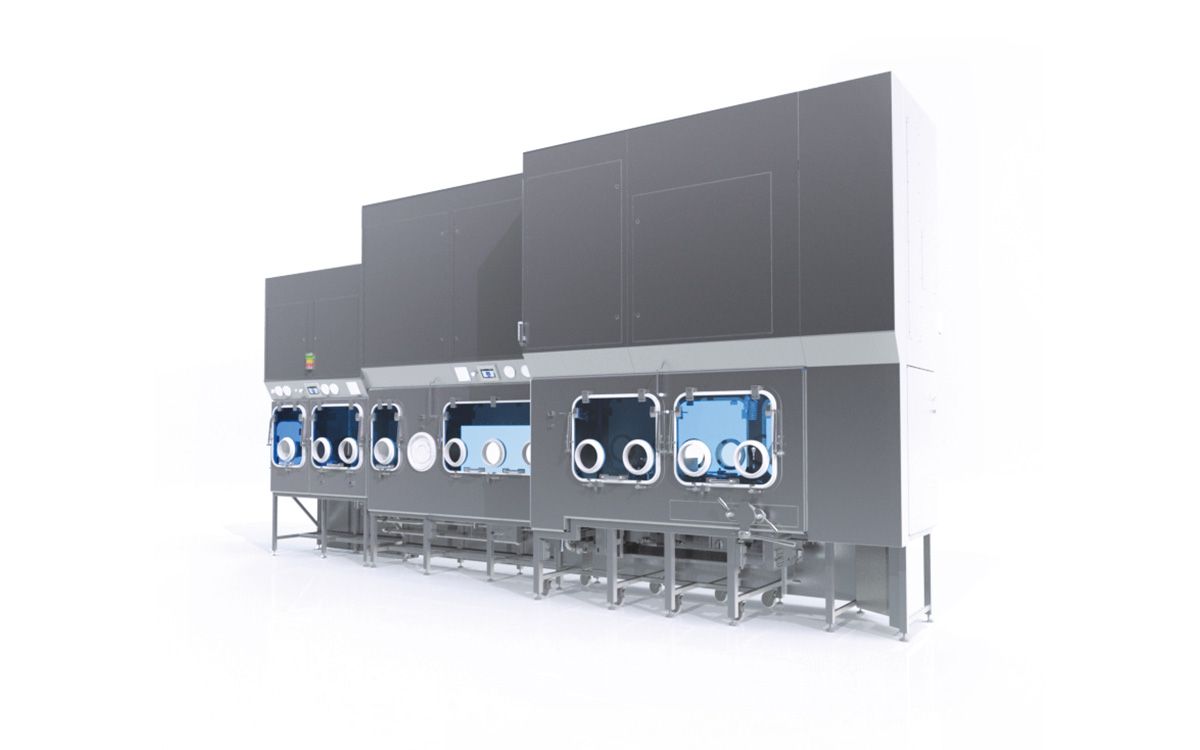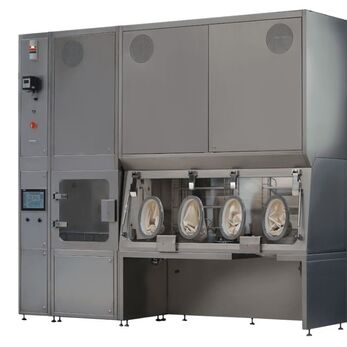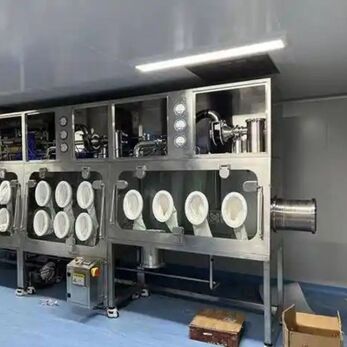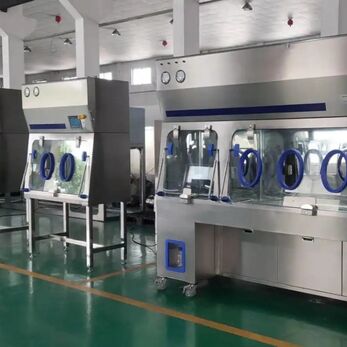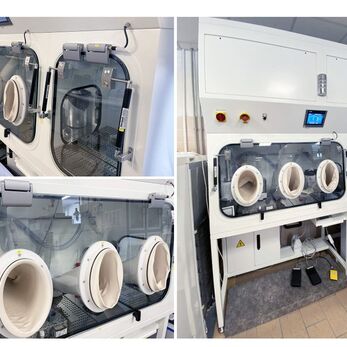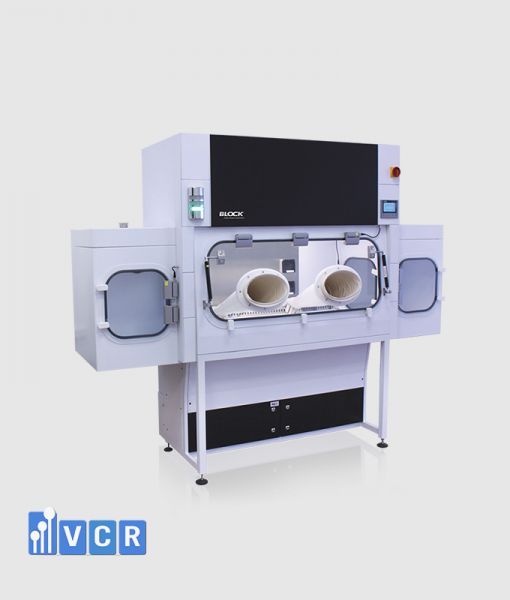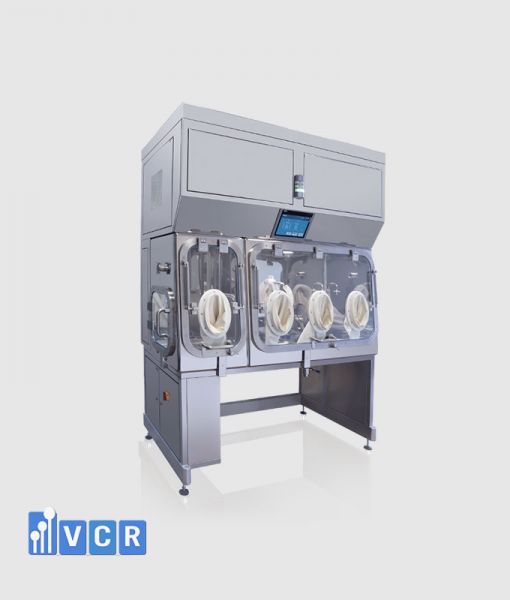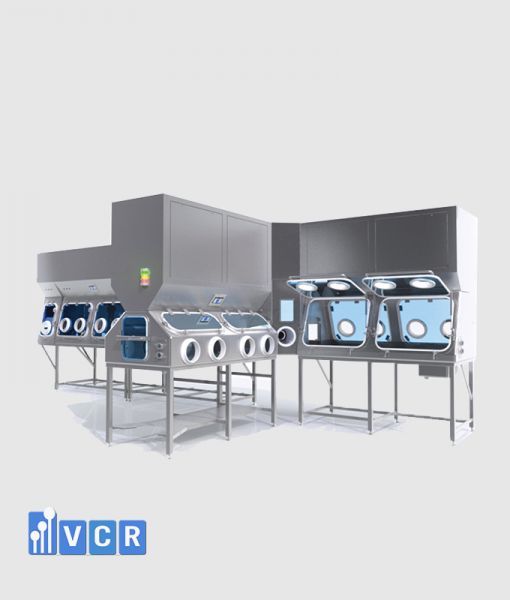The use of compounding aseptic isolators (CAIs) is under scrutiny with stricter USP 797 regulations on the horizon.
This article explores how these changes will impact pharmacies, including BUD requirements, cleanroom needs, and cost considerations. Learn how to navigate the evolving regulatory landscape and choose the most compliant and cost-effective solution for your pharmacy.
Current USP 797 and Isolator Use:
- USP 797 currently allows CAIs certified to ISO 5 under dynamic conditions to potentially replace cleanrooms.
- Certification involves particle testing and airflow studies during simulated compounding activities.
- This offers flexibility for pharmacies with space or budget constraints.
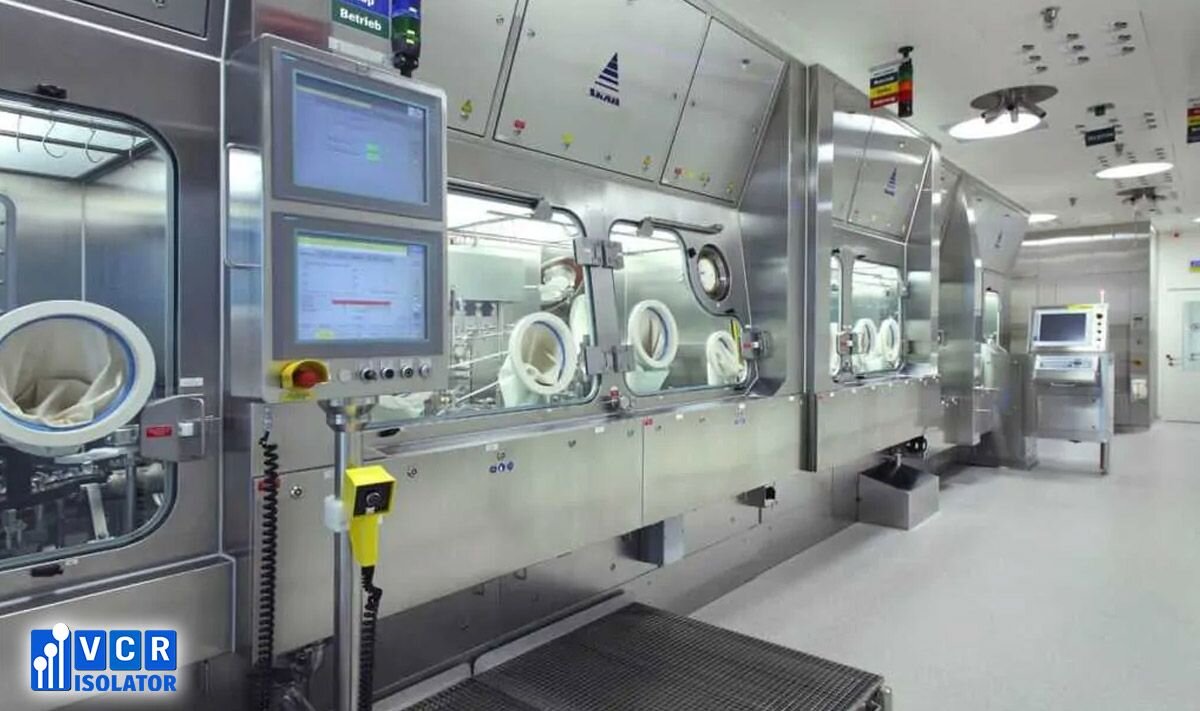
See more: Cleanroom Isolators Aseptic Processing
The Coming Changes: USP 797 Revision and Isolator Requirements
- The revised USP 797 proposes stricter standards for isolators used for extended Beyond-Use Dates (BUDs).
- To achieve BUDs exceeding 12 hours at room temperature (24 hours refrigerated), an isolator must reside within a minimum ISO 8 cleanroom environment.
- This effectively limits the BUD of drugs compounded solely with an isolator, regardless of isolation efficiency.
Why the Stricter Standards?
- The International Society for Pharmaceutical Engineering (ISPE) established these stricter isolator guidelines in 2006 for pharmaceutical manufacturing.
- European regulations have already adopted these standards, focusing on aseptic control.
- Recent incidents involving contaminated compounded drugs have prompted the FDA and USP to strengthen enforcement in the US, aligning with international practices.

See more: Key Considerations When Selecting a Pharmaceutical Isolator
Isolators vs. RABS under the New Standards:
RABS (Restricted Access Barrier Systems) are not considered true isolators and require an ISO 7 cleanroom for operation under the revised USP 797.
Navigating the Regulatory Shift:
- While the revised USP 797 is still under development, the FDA is expanding oversight to outsourcing facilities, applying cGMP (current Good Manufacturing Practice) standards until specific compounding isolator regulations are established.
- State Boards of Pharmacy may proactively recommend cleanroom use for CAIs, even under current USP 797 allowances.
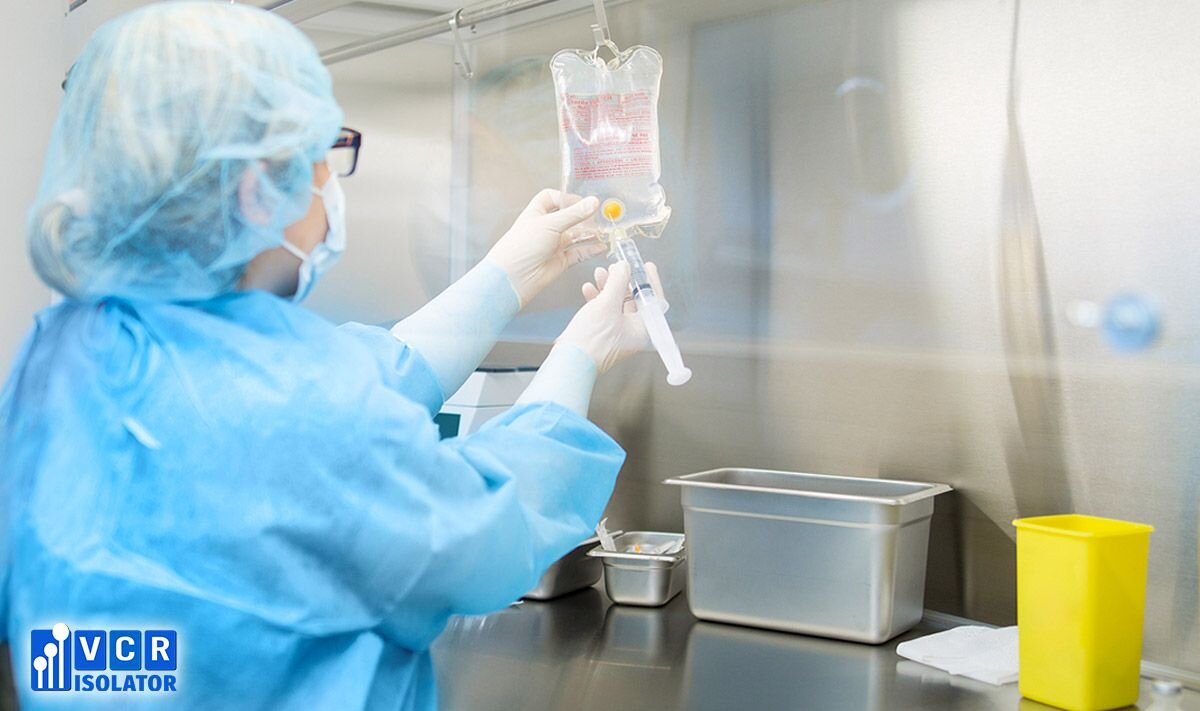
See more: Isolator Aseptic Processing in the Pharmaceutical Industry
Recommendations for Pharmacies:
- Develop a long-term equipment strategy considering future regulatory requirements for isolators.
- Pharmacies using only isolators must be prepared to adapt to cleanroom requirements for extended BUDs.
- Building an ISO 7 cleanroom for RABS compliance might be necessary under the revised USP 797.
- Isolators offer significant cost advantages over cleanrooms in terms of installation and operation.
Conclusion:
Isolators provide a superior compounding environment compared to traditional cleanroom setups due to the physical barrier between personnel and the process. However, the regulatory landscape is evolving. Pharmacies should carefully consider current and upcoming USP 797 requirements when selecting equipment to ensure compliance and meet their BUD needs.


